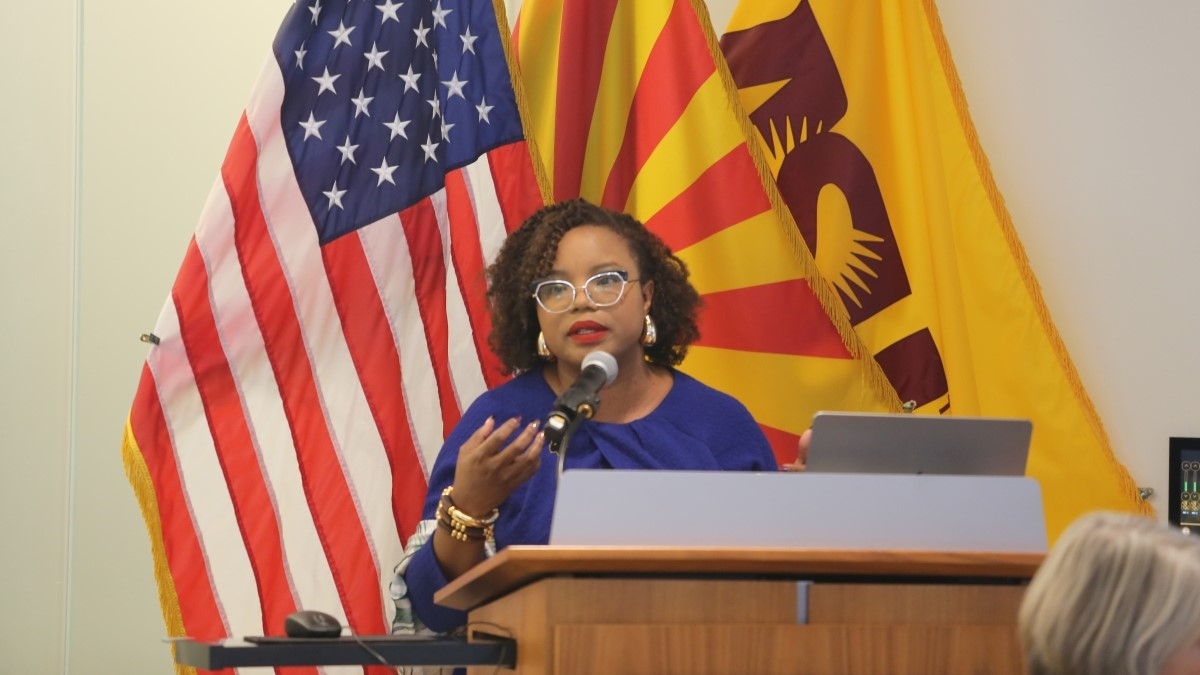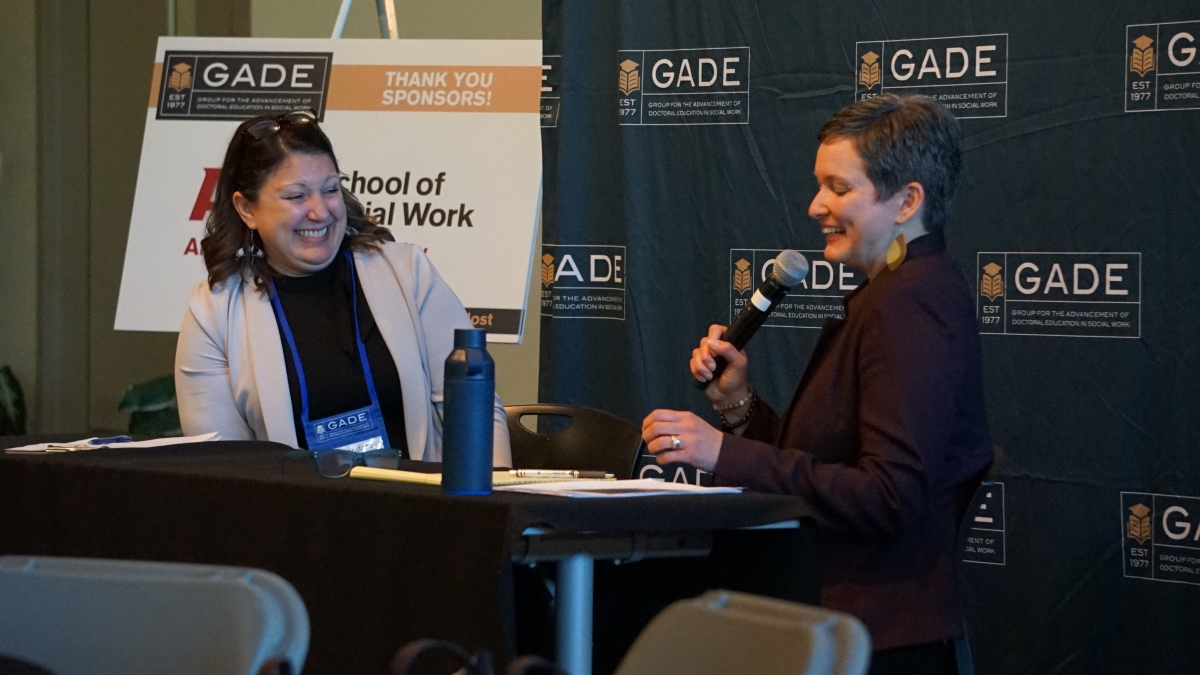Mapping a new PhD
ASU's School of Transborder Studies launches a first-of-its-kind doctoral program studying borders both political, metaphorical

Those who've paid any attention to presidential politics lately have heard Donald Trump talk about his plan to build a big, successful wall between the U.S. and Mexico, and ship all the Mexicans back.
“That’s not going to happen in any real universe,” said Edward Escobar, associate professor at ASU’s School of Transborder Studies. Instead, Escobar believes an effort should be made to better integrate them into American society.
One of the key players in establishing the school’s new doctoral program, Escobar — whose parents are both from Mexico — has been advocating for the study and research of the Southwest’s considerable Chicano and Latino population for years.
“We have a population in the Southwest … who have not been studied from the perspective of their own experiences,” said Escobar.
That was, until ASU established the Department of Chicana/o Studies in 1995. Escobar was there then, as founding chair of the department. He was there when it became the Department of Chicana/o and Latina/o Studies in 2005, and he was there when it became the School of Transborder StudiesThe School of Transborder Studies is an academic unit of the College of Liberal Arts and Sciences. in 2010.
As it grew over the years, current director of the school Alejandro Lugo points out how it became more inclusive. Not only did it expand its breadth of study to include more ethnic diversity, it also began to expand what it meant to study borders.
Besides the physical borders that divide regions and countries, faculty and administrators of the school recognized the importance of educating students on the metaphorical borders that inhabit every aspect of society, from politics to religion to economics — especially considering the two types of borders are more often than not intertwined.
Until recently, though, students at ASU could not continue their transborder studies through to the doctoral level.
“The idea was to take the school to the next level,” said Lugo, who along with Escobar, Regents' Professor Carlos Velez-Ibanez and others, worked to establish the infrastructure of the doctoral program, developing the courses and outlining the requirements.
“It’s a very unique program, and it’s not easy to get into,” said Lugo. “I think that really speaks to the rigor of the program.”
In the fall of 2016, roughly five students will join the School of Transborder Studies as its first doctoral cohort. Most of them come from outside of Arizona, something that surprised Lugo.
“That tells you that people, nationally, understand the importance of border studies,” he said.
The school is also looking to recruit two postdoctoral fellows: one who specializes in the U.S.-Mexico border region, and one who specializes in one of the world’s many other border regions. And there is plenty of interest — so far, there have been 45 applicants.
Elsie Szecsy, emeritus research professional for the school, also played a part in developing curriculum for the program. She hopes it will “bring light to border studies in a new way.”
“It’s very exciting to have the humanities side by side with social sciences,” she said. “It’s also challenging, how to draw this variety of interests around a single project. But that was one thing I liked about it a lot, as well as the fact that it’s the first of its kind, and probably the only school with a focus like this.”
Indeed, the School of Transborder Studies' new doctoral program is the only one of its kind in the country. And, according to Lugo, its multidisciplinary nature allows students to get a more comprehensive picture of how borders affect society.
“The different methodologies that different disciplines offer — anthropology, history, literature — all of that is offered [in this program]. So the richness of this program is in its interdisciplinarity,” he said. “If you just focus on one or two disciplines, that doesn’t do enough to really understand the complexity of the human condition. Because the human condition is made up of all kinds of border zones. Class, gender, race, sexuality. Even within one person.”
Under the guidance of a faculty adviser, students of the doctoral program will spend anywhere from four to five years conducting individual research on issues like border cultures, health inequalities, human and political ecology, language and bilingualism, and even urban planning.
“Our students, the future leaders of society, I strongly believe that if they have this training and they go into politics, or they go into the business world, or they go into education, I strongly believe that that person is going to make society better,” Lugo said. “Establishing a PhD in any field is a big deal. Establishing a doctoral program in transborder studies is of historical significance. Not only for ASU, but for higher education.”
Top photo: Map shown is from the ASU Simon Burrow Transborder Map Collection owned by the School of Transborder Studies at Arizona State University at Tempe, AZ.
More Local, national and global affairs

Economic development, the 'Black tech ecosystem' and a tale of two economies
When it comes to funding technology cluster initiatives, people across the country want to see how experts are analyzing long-term outcomes that benefit urban and rural communities. And policymakers…

Sustainability takes spotlight at ASU-hosted social work educators conference
The academic discipline of social work not only educates future social workers who help people cope with life’s challenges — it also advances research that furthers social change. To further that…

ASU at the heart of the state's revitalized microelectronics industry
Gradually, and then suddenly. It’s not only a famous line from Ernest Hemingway’s novel “The Sun Also Rises,” it’s an apt description of how Arizona has transitioned from an economy based on its…